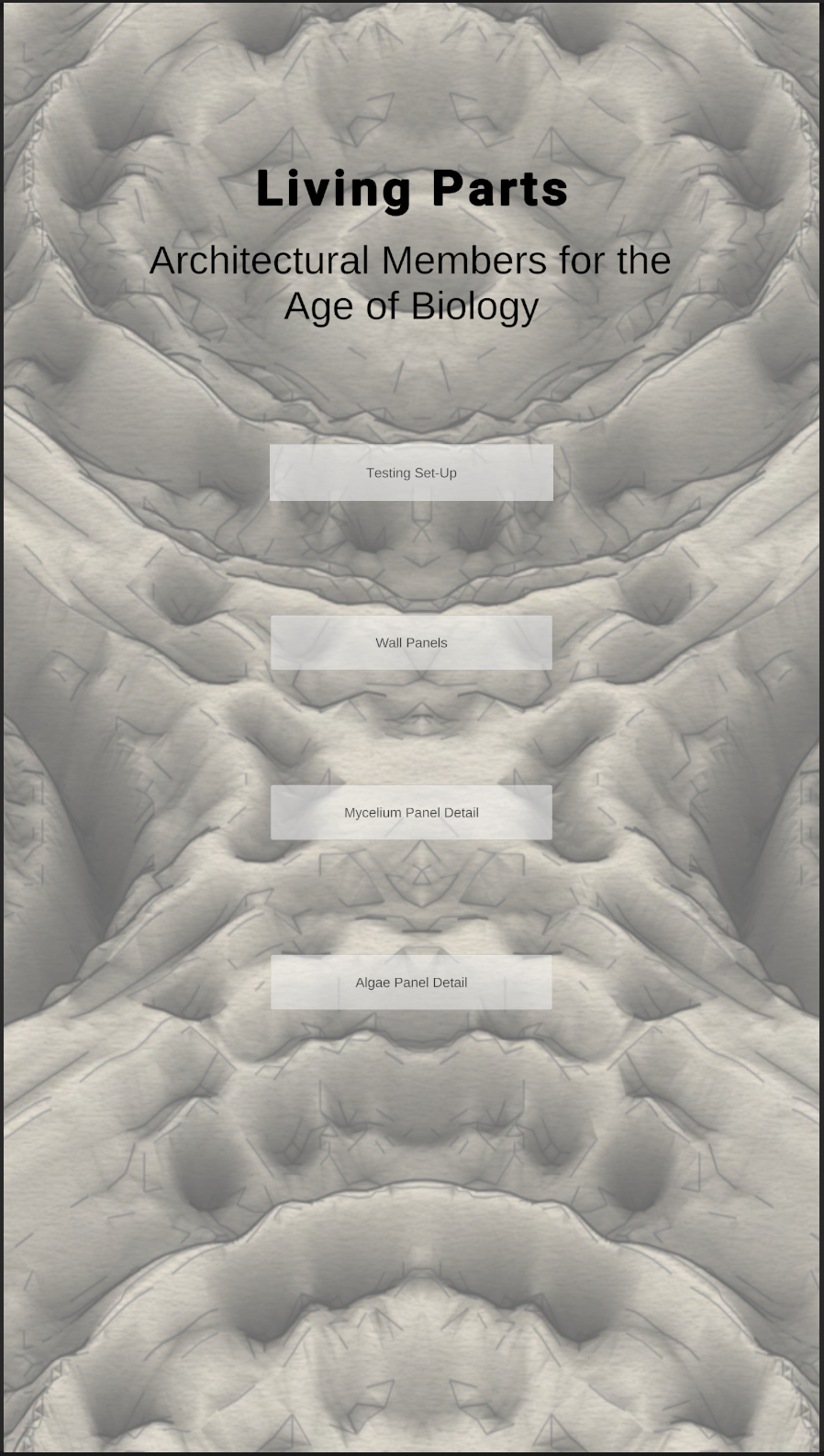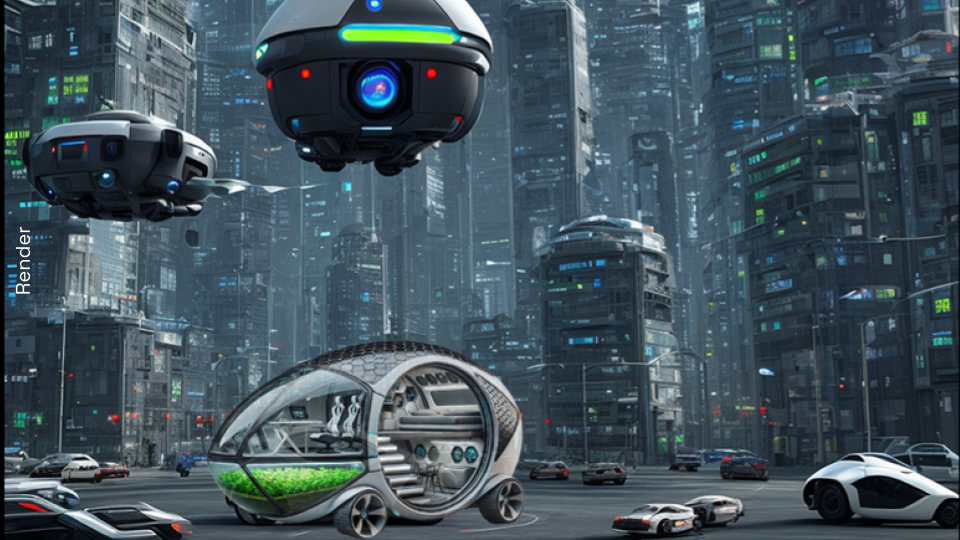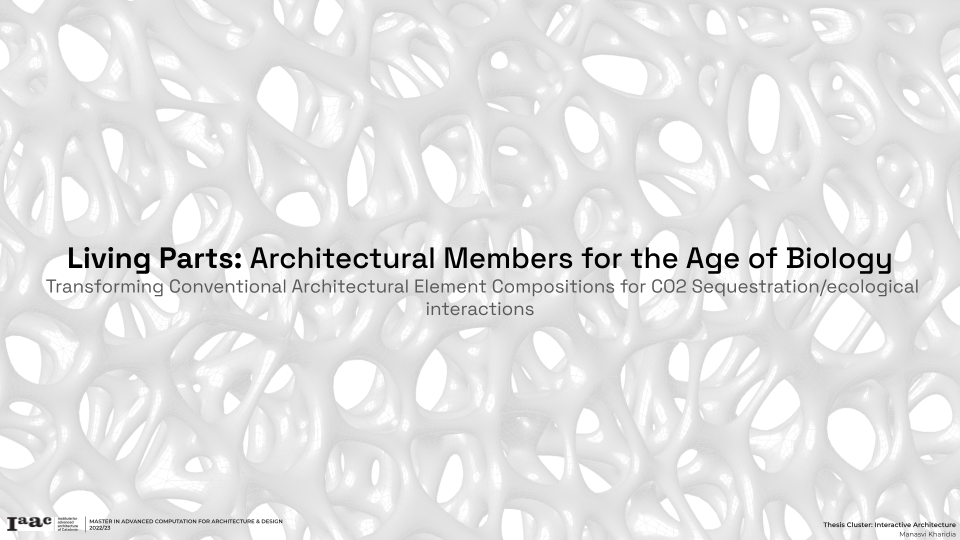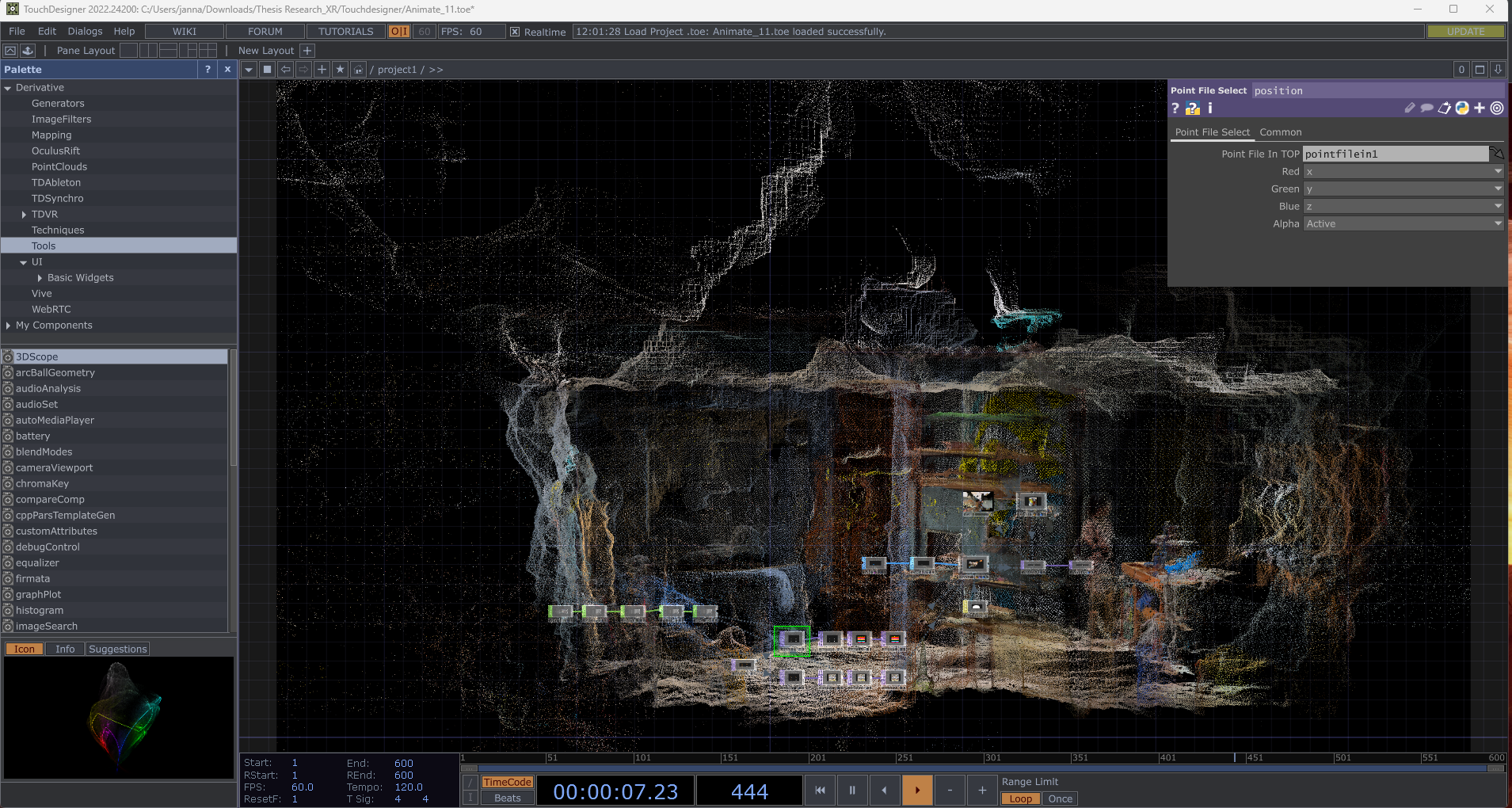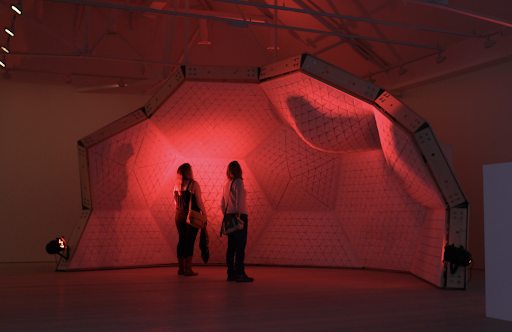
Photo Credit: Cerebral Hut – Ozel Office
Intro Description & Structure
Computers winning the second world war, ensured a strong momentum for technological and scientific research and development in the era thereafter. It was then when electronic computing and communication started, signalling an information age, with the invention of the internet, computer interfaces, and more.
With the emergence of cybernetics as a discourse, and accessible technologies and knowledge, architecture had its share, responding to questions of form, phenomenology, and ultimately, the human-environment dynamic.
The emergence of computers changed the course of the discipline, in various ways. On the one hand, the formal, where computers could perform operational processes and produce complex geometries. And on the other hand, an obsession that blurred the lines between architecture and machines, and therefore, the interfaces through which we interact with. A shift that puts to work questions on the role of architects, authorship, spatial responsive behaviour, and the interaction between humans and architectural spaces.
Interactive Architecture dwells on the principle that Architecture can be responsive. In other words, architecture that senses, computes, and responds to external stimuli. Human’s on the other end of the line, do the same, we sense, perceive, and interact.
Objectives
- Explore the application of architectural design principles in the space of interactive architecture, taking into account the dynamic interplay between humans and machines, user experience considerations, and the aesthetics of spatial design.
- Acquire practical skills through hands-on experimentation, through prototyping and implementing interactive architectural elements using both physical and digital tools.
- Study the ethical and societal dimensions of interactive architecture, examining critical issues such as privacy, accessibility, and their profound implications on the built environment.
This module shall examine:
Precedents and Innovative Projects:
Study various disciplines to uncover the pioneering works that laid the foundation for interactive architecture.
Foundations of Interactive Architecture:
Gain insight into the historical evolution of interactive architecture through in-depth examinations of key theories, prototypes, and exemplary projects.
Sensing and Perception:
Explore the nuances of human sensing and perception and how it shapes our interaction with architectural spaces. We’ll investigate the potential interfaces between the human body and responsive environments.
Understanding Human-Space Interaction:
Delve into the underlying principles of why and how humans interact with architectural spaces, including the psychological and physiological aspects of this engagement.
Technologies and Methods:
Survey the wide array of available technologies, methodologies, and working models that enable the creation of interactive architectural prototypes.
Physical Computing for Prototyping:
Get hands-on experience with physical computing, a vital tool for developing interactive architectural prototypes. Explore practical applications and create your own working models.
Methodology
Micro-Project-Based Approach:
Each project will be structured as a series of smaller, manageable micro-projects. This approach guides students through an efficient and productive workflow, organised into sprints, with each sprint concluding with a small project completion.
Documentation:
Students will be introduced to project management tools to facilitate the organisation of documentation. This includes gathering references, conducting research, creating mind maps, tracking project timelines, and managing sprints effectively.
Collaborative Research:
Given the course’s emphasis on interactive architecture and responsive environments, students will collaborate to build:
A database featuring labelled projects relevant in the field.
A dictionary of key terminologies and concepts central to the research focus.




